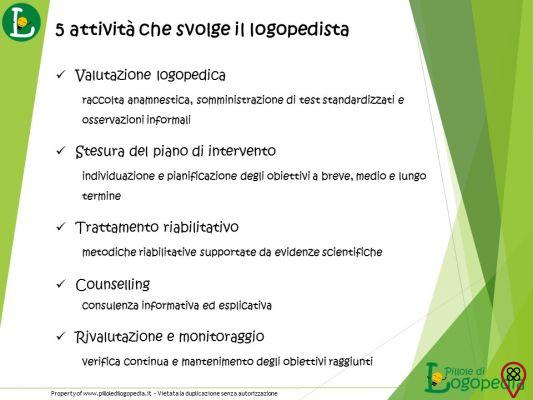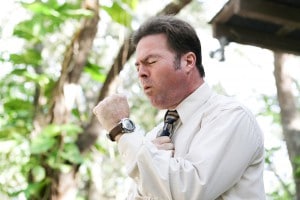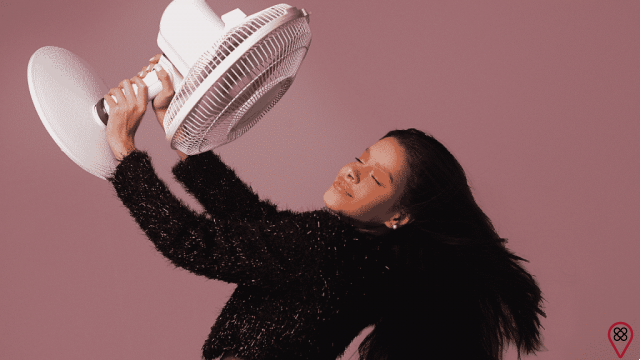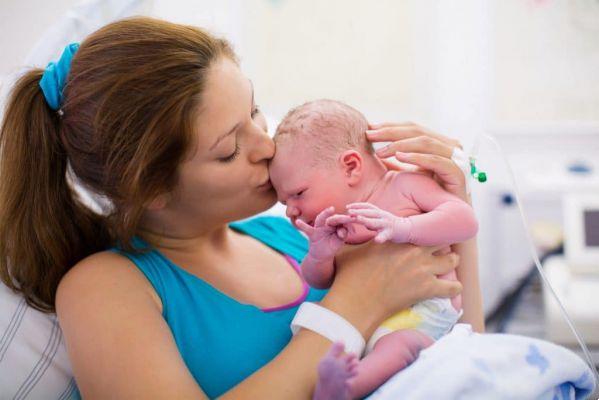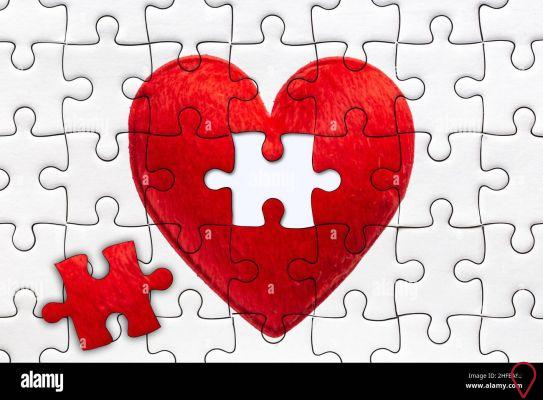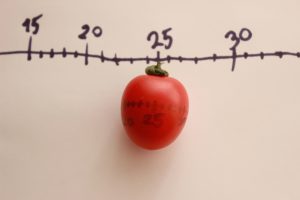Autism is a global neurodevelopmental disorder first described by psychiatrist Leo Kanner in 1943, who defined it as “an innate inability to establish normal emotional relationships”. Among the symptoms of autism, difficulties in communication and relationships with others are manifested.
In this article, we are going to talk about what autism is, the common symptoms of autism in babies, teenagers and adults. Also, here's what to do when you spot symptoms of autism.
Common symptoms of autism
The etymological origin of the term clearly refers to those communication, social and shared attention difficulties that are found at different levels and in extremely different ways in autistic spectrum disorders.
The first to deal historically with autism, as with many disorders, even if only for chronological reasons, were those belonging to the psychodynamic current. Even today, with more studies and treatments, mild autism symptoms can be easily detected.
In fact, the US Centers for Disease Control and Prevention (CDC) published in 2021 a study on the prevalence of Autism Spectrum Disorder (ASD). According to the report, one in 44 children by age 8 is diagnosed with ASD in the US.
Also according to epidemiological studies, this condition is diagnosed more frequently in males than in females, with a ratio of 4 to 1. In general, most research related to autism has been carried out with predominantly male samples and is still not clear whether this predominance reflects a true prevalence of the disorder. Even today, in fact, few studies have addressed gender differences.
Symptoms of autism in babies
Awareness of the importance of early diagnosis is widespread. Taking immediate steps to improve a child with autism's social skills goes a long way toward improving in this area.
From six months onwards, it is possible to notice signs of autism, although it is not an easy task. For example, when the baby is pulled by the arms, lying down, he must be able to follow the head with the trunk. Otherwise, when the head does not line up with the torso but falls back, it can be a symptom of autism. Also, watch out for signs such as:
• Eye contact does not occur and is not maintained;
• Difficulty following moving objects with the eyes;
• Absence of big smiles or expressions of joy and warmth.
But, in case of doubt, it is always good to talk to the pediatrician.
Symptoms of Autism in the Early Years
Autism appears in early childhood, causing deficits in many key areas of development, such as learning to speak and interacting with people. The symptoms of autism vary as much as their impact: some autistic children have only minor damage, others have more hurdles to overcome.
In the case of autism in 1-year-old babies, it is necessary to be aware of the following symptoms:
– The child does not make sounds and does not respond to them;
– She doesn't smile and doesn't make other facial expressions;
– Absence of “gurgle” or “baby talk”;
– Lack of shared attention, they do not direct their gaze based on the caregiver's gestures or gaze;
– Difficulty in following the movement of pointing at other people with the eyes;
Autism symptoms in 2 year olds include the following aspects:
– Absence of phrases or repetition of phrases heard;
– Restricted vocabulary;
– Lack of symbolic play;
– The child does not make communicative gestures (such as pointing, reaching out) and does not respond to them;
— He does not answer to his own name;
– Does not walk or has a serious delay in walking.
childhood autism symptoms
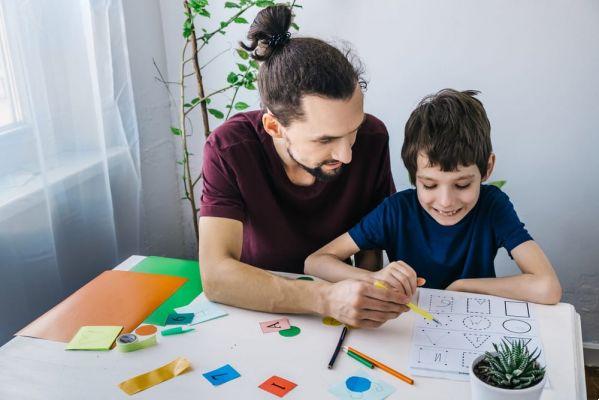
The symptoms and signs of autism are very numerous and can vary greatly from patient to patient. Usually, the first manifestations of autism appear at an early age or in early childhood.
The diagnosis requires the involvement of a team of professionals and includes several evaluative exams.
The autistic syndrome is characterized by interactive and communication difficulties. The typical signs of autistic syndrome are:
• Laterality of gaze: the child has difficulty finding and sustaining the speaker's gaze;
• Repetitive and a-finalistic movements of the limbs: movements with no apparent purpose;
• Repetitiveness in the execution of some activities;
• Appears uninterested in other people or surroundings;
• He doesn't seem to listen when others talk to him;
• Lack of appropriate behaviors to attract the attention of others;
• Difficulty in expressing affection or receiving it from others;
• He prefers not to be touched;
• Finds it difficult to connect with other children, play games or make friends;
• Does not engage in make-believe play, group play, does not imitate others or does not use games creatively;
• Absence of imitative behavior.
Typically, symptoms of autism are typically recognized in the second year of life (12-24 months of age), but signs of autism may be seen before 12 months if the developmental delay is severe, or after 24 months if symptoms are alleviated.
Symptoms of Autism in Adolescence
However, the burden and needs of families with a child affected by Autism Spectrum Disorder (ASD) tend to increase in adolescence and adulthood, due to the change in care needs, especially after high school.
The biggest problems occur in adolescence, a difficult and complex period due to evolution and variations at the cognitive, emotional, physical and hormonal levels.
Together, therefore, with the typical changes of this period, in the autistic patient, we can find: emergence of problematic behaviors, possible awareness of their differences, mood disorders, possible inappropriate sexual behavior, reduced communication skills, greater dependence on the family than in pairs, no rebellion, no frank issues of release, possible onset of epileptic seizures.
Symptoms of autism in adults
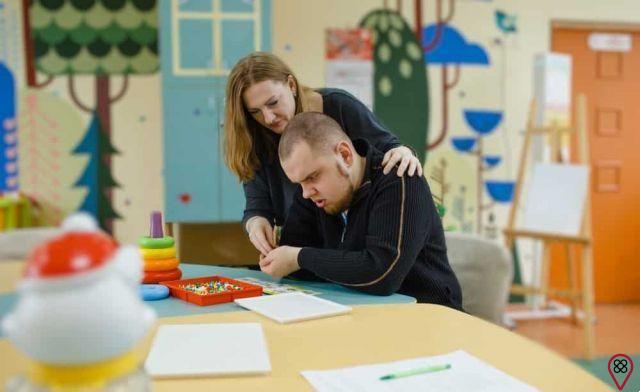
The deficits found in this area range from lack of emotional reciprocity to deterioration in the use of non-verbal behaviors, difficulty in developing or maintaining friendships, and lack of sharing experiences.
Thus, these difficulties in socio-emotional reciprocity range from an abnormal social approach to the failure of conversational reciprocity; from a reduced expression of interest, emotion, or affection, to failure to initiate, terminate, or respond to social interaction.
You might also like:
- Learn more about the psychology of disease
- Read about the causes of psychosomatic problems
- Learn about diseases in children and their psychological reasons
What to do when identifying the symptoms of autism?
It is not possible to identify a unique and specific intervention for all people with autism due to the variability and complexity of symptoms.
Therefore, the therapeutic path must evolve and change according to the evolution and ongoing changes of the disorder. The more complex the clinical picture appears, the more it is necessary to identify intermediate goals, each of which may include more interventions to achieve it. Thus, even if symptoms are identified, the evaluation of a specialist is essential to obtain an accurate diagnosis.
Let's Dispel a Myth: Autism Is Not a Disease
If you've been paying attention, we're talking about an autistic “condition” here, not a disease. Because this is another false myth of autism: believing that it is a disease and that, as such, there is a time when it can be contracted and a time when it can be cured.
In recent years (and still today), this has been a hotly debated topic, but one thing is for sure: autism is not a disease. It is more of a syndrome, that is, a series of symptoms that create an autistic condition.
Therefore, autism occurs with the same frequency in all races, ethnicities and social classes. Its causes are unknown, but many experts agree that genetic and environmental factors are involved.
Find qualified professionals
Are you looking for professional help? Find psychologists online at Terapize!



